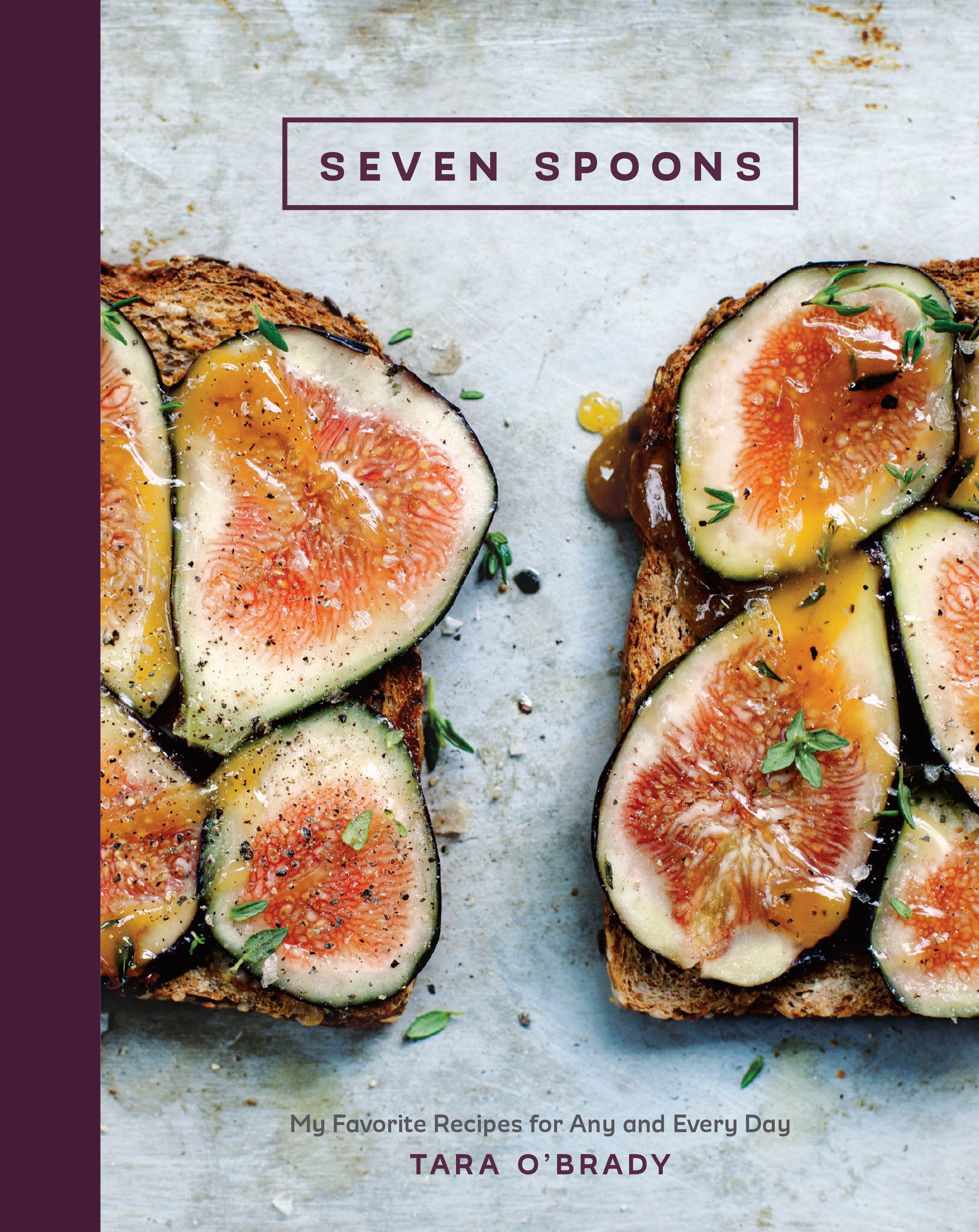









In blogger Tara O’Brady’s first book, Seven Spoons, she writes about some of the simple, healthy foods that fuel her as a writer, photographer, and eater.
The general method I use for making steel-cut oats is from Ian Bishop via one of Nigel Slater’s television programs. Bishop was the 2008 winner of the Golden Spurtle World Porridge Making Championship—a very real, annual event held in Carrbridge, Scotland, and one that sounds a rather good time.
My routine begins with toasting the oats in fat before adding any liquid, but from there, Mr. Bishop takes over. I’ve come to learn the constant stirring of oats as they cook is of utmost importance, as is salt—added at the right moment, and in a greater quantity than might be assumed. Those small lessons changed my oatmeal entirely, yielding a toothsome, cozy porridge of nubbled, creamy grains.
My children most often eat their porridge simply and sugared, with a puddle of cream, sliced bananas, a few blueberries, and the thinnest pour of maple syrup. But on a dark morning in deep winter when extra insulation against the world is needed, I’ll bulk mine up with cheese and greens, and, often, preserved tomatoes or an egg. If you like congee, or the thought of a risotto to start the day appeals, do give it a try.
4 servings
- To make the porridge, in a heavy saucepan, melt the butter over medium heat. Add the oats and stir them around in the butter until they smell a bit nutty, 3 minutes or so. Pour in the water and bring to a boil, stirring all the while.
- When the oats start to bubble heavily at the edge, and the liquid looks thick, 15 minutes or so, sprinkle in the salt. Keep stirring for 5 to 7 minutes more, until the oats are distinct but creamy and tender. (Stop here for sweet variations; see instructions below.)
- Divide the porridge among bowls. Grate over a bit of cheese—I like some to start, so it melts upon contact with the oats—then top with a handful of spinach leaves and a drizzle of olive oil. Season with salt and pepper. Gently lay one or two tomatoes on top of each serving, then sprinkle with chives (and more cheese, if so moved). Spoon away.
- Sweet Variation: Stop following the above instructions after the first paragraph. While cooking, sweeten, if desired—I don’t—with sweetener of choice (honey, pure maple syrup, sugar), then splosh on some whole milk or cream, and add caramelized bananas or apples, black currant or blueberry jam, or runny marmalade.
Reprinted with permission from Seven Spoons, by Tara O’Brady, copyright © 2015, published by Ten Speed Press, an imprint of Penguin Random House LLC.
